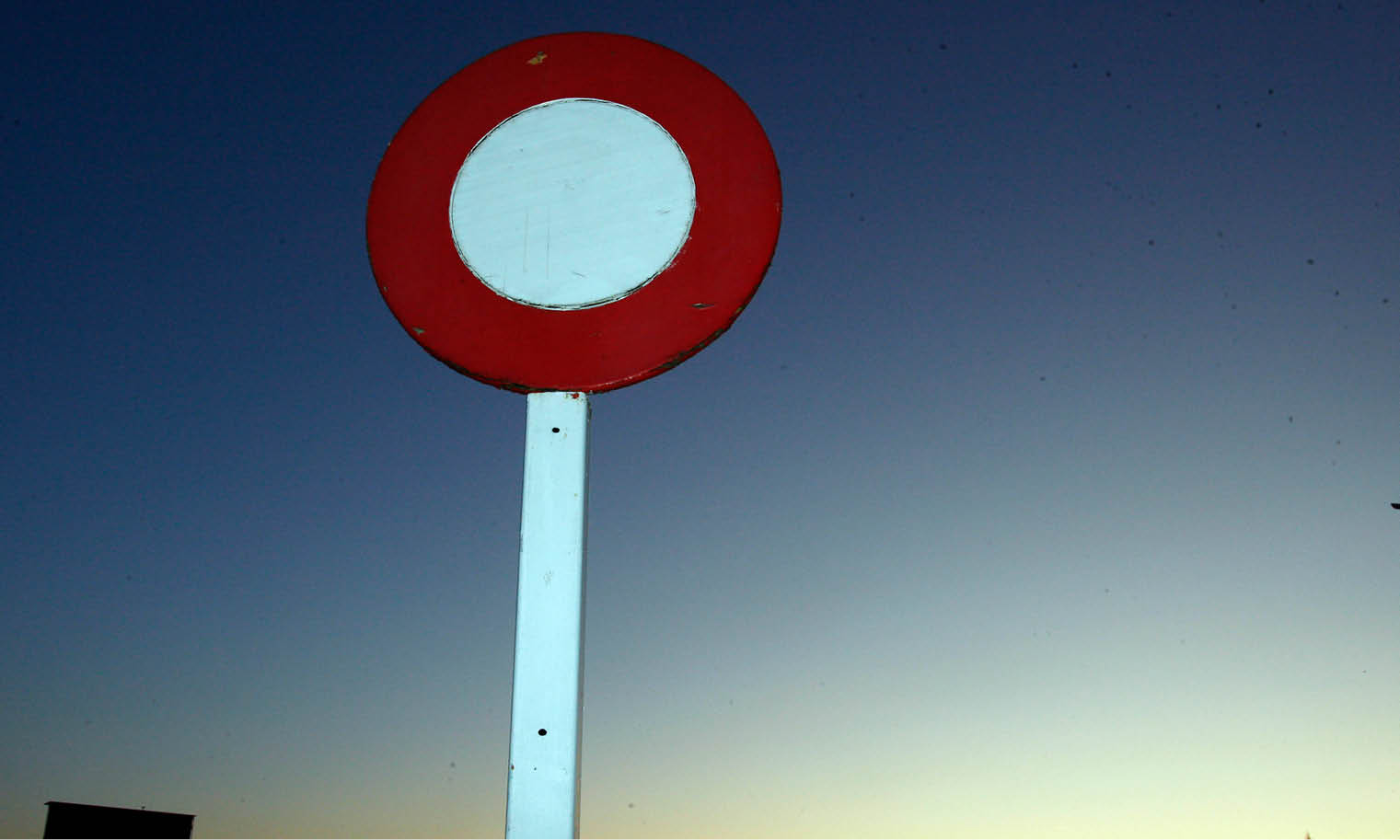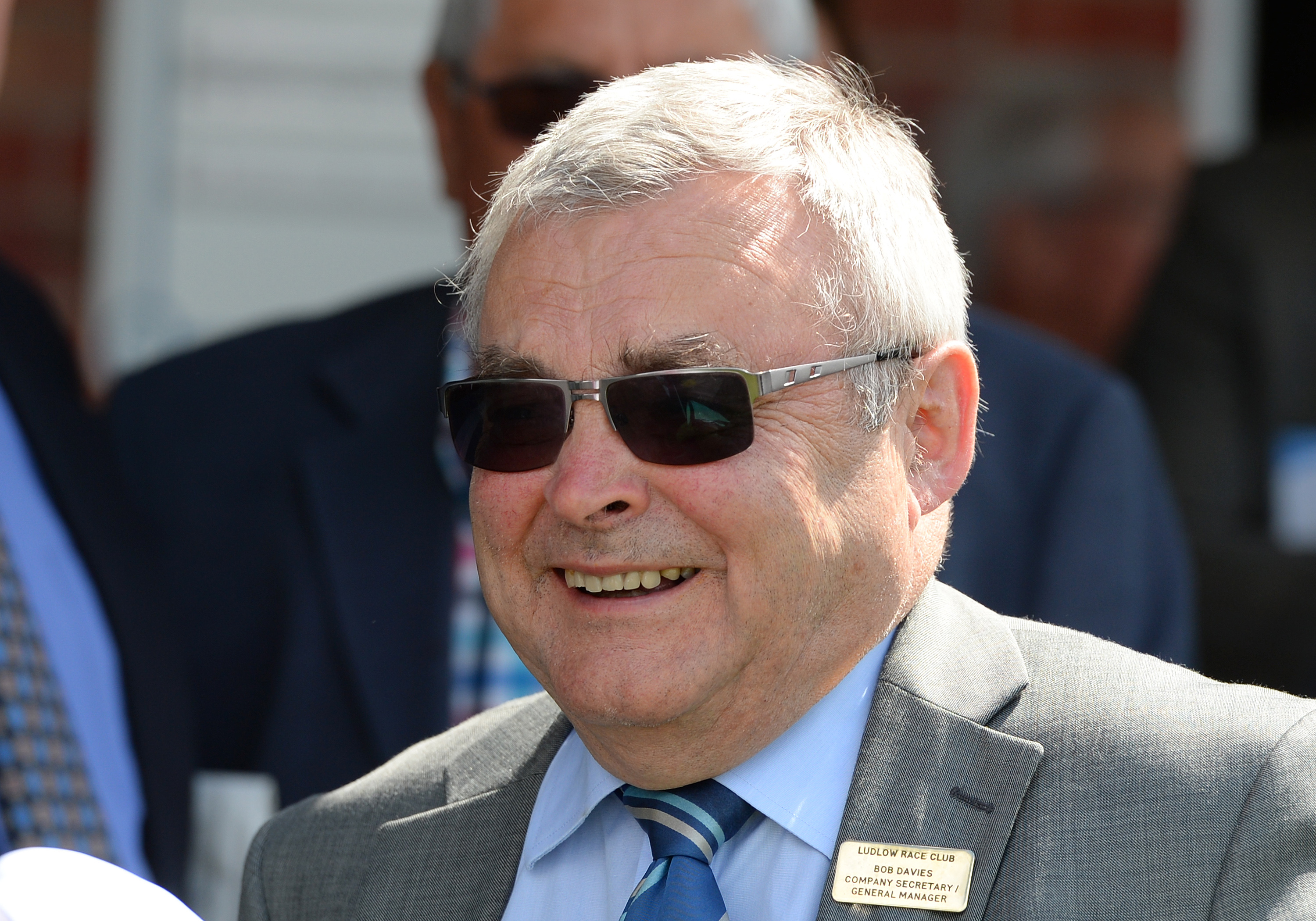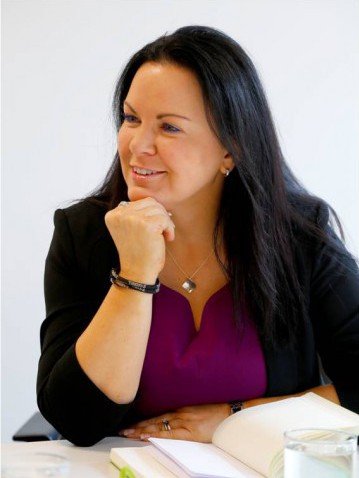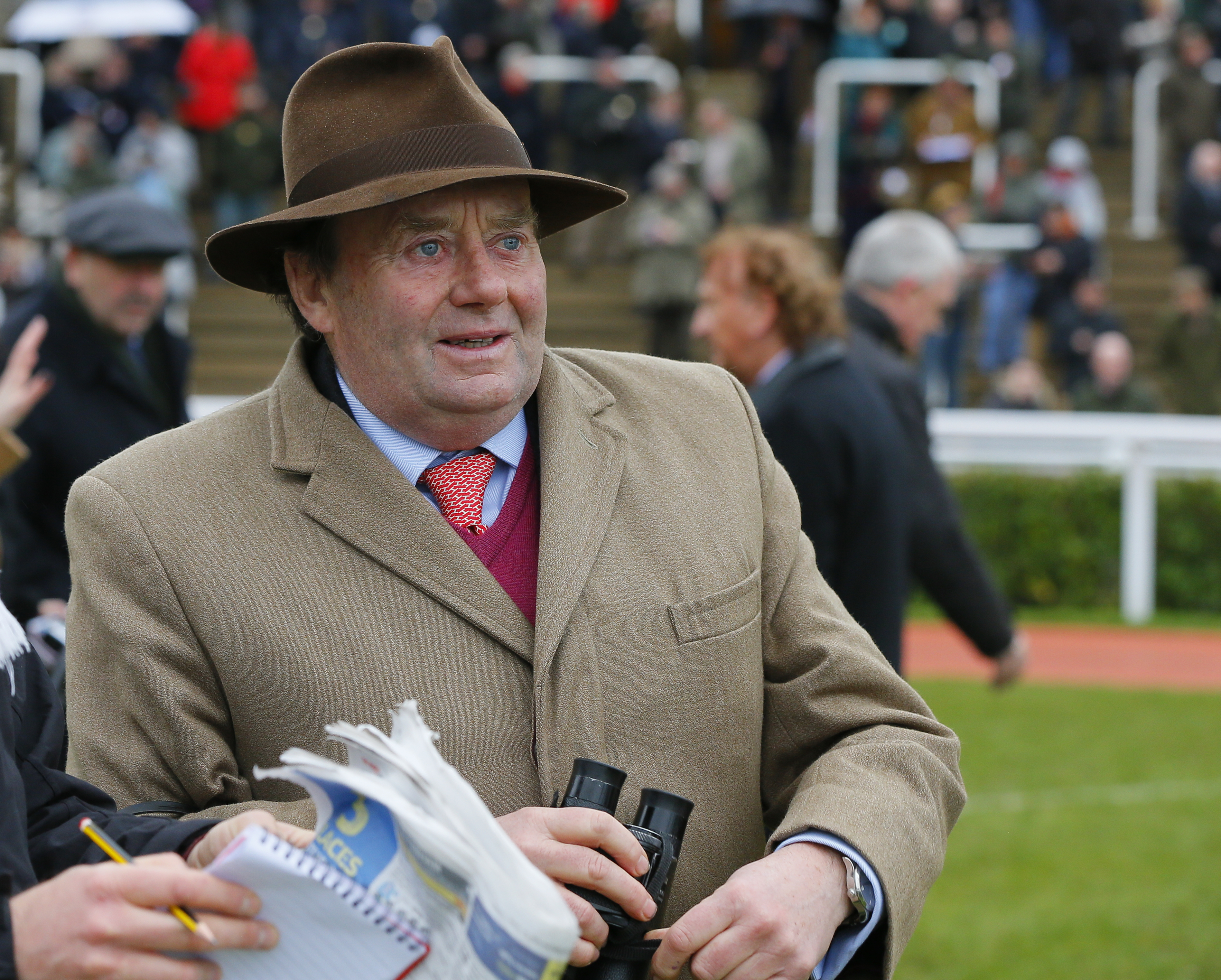
Changes agreed to National Hunt Chase
An updated set of race conditions for the 2020 running of the Grade 2 National Hunt Chase at Cheltenham Racecourse have been announced today, following a review and consultation process.
The changes compared to the 2019 running relate to the qualification criteria for horses and jockeys, and a reduction in race distance of just under two furlongs. The National Hunt Chase will remain a G2 novices’ chase restricted to amateur riders holding a Category B licence or equivalent permit from a recognised overseas racing authority.
The Jockey Club’s team based at Cheltenham Racecourse, in conjunction with the British Horseracing Authority (BHA), analysed ten years’ worth of race data as well as gathering participant input following the latest renewal of the race at The Festival™ presented by Magners in March.
The proposals have met with widespread support and have had the necessary approval from the Jump Pattern Committee and BHA Board. The revised conditions will be reviewed after a three-year period to ensure they are proving effective, taking in the 2020, 2021 and 2022 runnings.
The National Hunt Chase has been a feature of the Jump racing calendar since its inaugural running in 1860 and became, in 1911, the race around which The Festival was created and developed. The conditions of the race have changed over the years, with the most significant updates coming in 2002 when the race was made a novice event having previously been for maidens at the start of the season and in 2009, when the race moved back to the Old Course after a brief spell on the New Course. The National Hunt Chase was granted Listed status in 2014 and further upgraded to G2 level in 2017.
These developments enabled the National Hunt Chase to become the highest-performing of all the G2 novices’ chases run in Britain on Pattern race ratings. Recent participants include dual Randox Health Grand National hero Tiger Roll (successful in 2017), Magners Cheltenham Gold Cup runner-up Minella Rocco (successful in 2016), Magners Cheltenham Gold Cup winner Native River (second in 2016) and Randox Health Grand National second Cause of Causes (successful in 2015).
Details of updated race conditions from 2020:
Distance
- The National Hunt Chase will be run over about 3m6f (3m 5f 201y)
- The number of fences jumped will reduce from 25 to 23.
Horses
- All horses must have a minimum BHA rating of 120 to participate. This change brings the National Hunt Chase in line with the G1 novices’ chases staged at The Festival – the Racing Post Arkle Novices’ Chase, the RSA Insurance Novices’ Chase and the JLT Novices’ Chase
- Horses must have run in at least two chases and must have finished in the first four in a chase staged over an extended two miles and seven and a half furlongs or further
- Horses must have run at least once in a chase during the current season.
Jockeys
- All jockeys riding in the National Hunt Chase must have ridden a minimum of 20 times and achieved at least five winners over fences
- All qualifying rides must have come in races staged under Rules (i.e. excluding point-to-point races).

Ian Renton
Ian Renton, Regional Director, Cheltenham & The South West, The Jockey Club, said:
“After The Festival this year, we felt it was important to review the National Hunt Chase as part of our commitment to ensuring the highest welfare standards for participants at the Home of Jump Racing. Having done this fully, we have made some evidence-based changes to the conditions of the race and the distance over which it is run. This is designed to improve safety for novice chasers and amateur jockeys, while ensuring the National Hunt Chase remains a highly-competitive spectacle that has a place within the world’s best four days of Jump Racing.”
Brant Dunshea, Chief Regulatory Officer at the BHA, said:

Brant Dunshea
“The changes to the National Hunt Chase announced today have the full support of the BHA, its Board and the Jump Pattern Committee. This year’s Festival included many great highlights and we will continue to work closely with Cheltenham and stakeholders to ensure that as an industry we take evidence-based decisions.”
Bob Davies, President of the Amateur Jockeys Association, said:

Bob Davies
“The AJA fully support these proposals for the National Hunt Chase. These changes will help to ensure the continuation of this race which along with the Cheltenham and Aintree Foxhunters are the three races all Amateurs want to win.”
Derek O’Connor, representative of the Irish Amateur Jockeys Association and two-time winner of the race, said:
“The National Hunt Chase is one of the races you dream about winning when you become an amateur jockey, it’s one of the pinnacles of our season. The changes that have been made may mean some riders have to get more experience then they would have previously, but that’s no bad thing and overall the new requirements look pretty fair.”
Champion Trainer Paul Nicholls said:

Paul Nicholls
“The National Hunt Chase is one of the most important amateur races of the season and its produced some top-class staying chasers down the years. Balancing that tradition and history with making the race safer was never going to be easy, but the changes that have been agreed seem sensible and most importantly the amateur status of the race has remained.
“If the new conditions mean that the race still retains its character whilst hopefully making it safer for everyone who takes part, then that can only be a good thing.”
Mares’ chase to be introduced at The Festival in 2021
A mares’ chase will be introduced at The Festival™ presented by Magners in 2021, it has also been announced.
Following in the footsteps of the G1 OLBG Mares’ Hurdle and the G2 Mares’ Novices’ Hurdle, which have both been well-supported by owners and trainers, The Jockey Club’s Cheltenham team and the British Horseracing Authority (BHA) have determined introducing a top quality chase solely for mares as the correct next step in support of the mares’ programme.
The new race will be a G2 contest staged at around two and a half miles. Further details will be agreed in due course.
The Festival will continue to consist of 28 races over the four days and the new mares’ chase will replace an existing race, though which one has yet to be decided.
Ian Renton explained:
“The introduction of a mares’ chase at The Festival is something that we have been considering for a while in discussion with the BHA, who are keen to see further promotion of the mares’ race programme.
“Given the recent improvement in the quality of mares racing, we have agreed to introduce a mares’ chase at The Festival in 2021.
“We recognise the importance for the sport of providing opportunities for mares at the very highest level and the introduction of first the OLBG Mares’ Hurdle and then the Mares’ Novices’ Hurdle have been well received.
“I hope that by providing time for trainers, owners and breeders to consider if they have a mare suitable this will allow for the development of top-class equine athletes for the new race.
“Given the need to replace an existing race at The Festival in 2021 in order to stage the mares’ chase, I am sure there will be much debate as to which one this should be.”
 Ruth Quinn, Director of International Racing and Racing Development at the BHA, said:
Ruth Quinn, Director of International Racing and Racing Development at the BHA, said:
“Tangible progress has been made by the industry in recent years in developing the mares’ programme and we are undoubtedly starting to see some meaningful positive impact with an increased number of quality mares on the track.
“Today’s announcement is not only an endorsement of this overall progress, but also a meaningful step in giving those who are considering buying a mare, or thinking about racing a mare over fences, something to aspire to. The BHA has had a publicly-stated ambition to see a mares’ chase included in the programme at the Cheltenham Festival for some time. This comes with the view that such a race is highly likely to act as a significant lure in effecting behavioural change across the spectrum, and therefore have a long-term impact on enhancing the population of quality Jumping mares.”

Nicky Hendersoon
Trainer Nicky Henderson said:
“I am delighted to hear of the introduction of a Mares’ Steeplechase to The Festival order of running.
“The encouragement that has been given to racing Jump Mares has worked incredibly well, and with the two Mares Hurdle races at The Festival being so popular it is a great time to introduce a Mares Chase. There are undoubtedly more and more high class Mares coming through the system and going chasing, and this would obviously be further encouragement for owners and particularly owner/breeders to race their good Mares over fences.”
Notes to editors:
1. For enquiries relating to Cheltenham please contact Sophia Dale, Communications Manager – South West Region, Jockey Club Racecourses :
T: +44 (0)1242 537 683
E: [email protected]
2. The number of mares in training has risen to an all-ime high of 23% and the number of individual runners is also increasing, as well as the median rating for mares. This growth provides encouraging signs as the cross-industry efforts to develop the mare’s programme led by the BHA work towards the goal of mares making up at least 25% of horses in training within the next five years, with the longer-term ambition of 30% by 2030.
